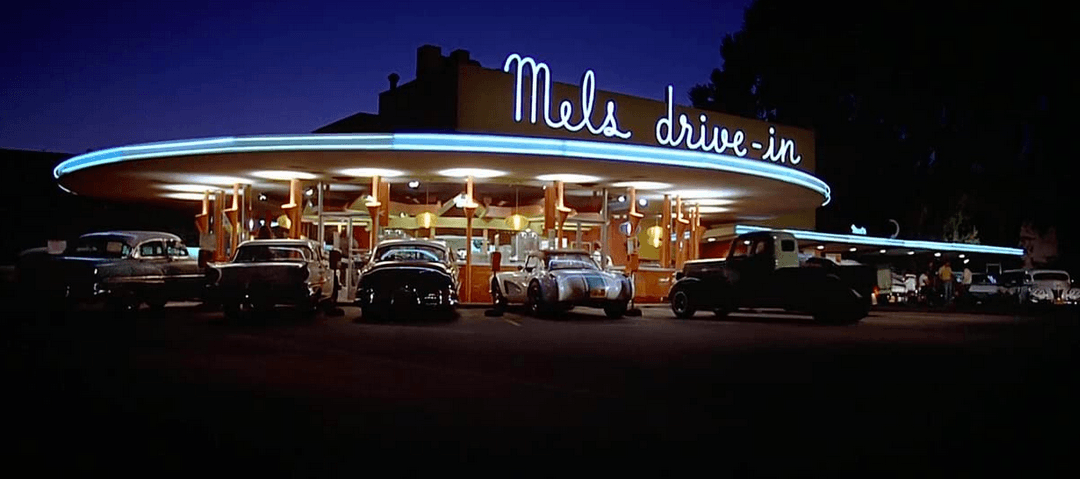The city council of Modesto, California, on July 11 voted unanimously to repeal the 1990 ban on cruising, to the applause of local car aficionados.
Many locals were happy because they believe the car culture promotes unity. They said cruising brings friends and family together. They also see it as an opportunity to bring money to local businesses.





